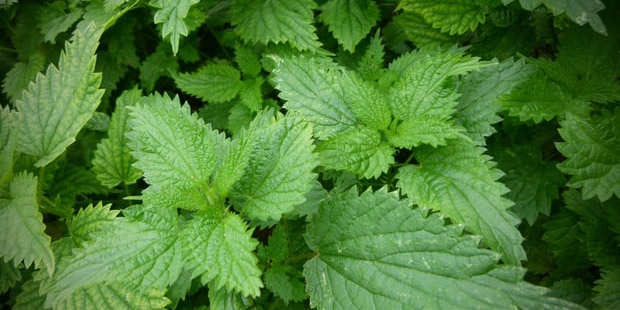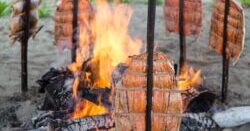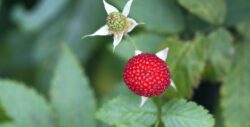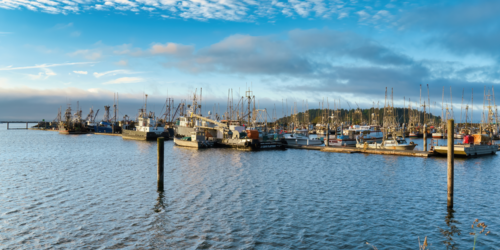
Summer travel season is almost here! Whether you’re planning a day trip or a week-long adventure, tribes across the state have incredible experiences to offer. Here are just a few of the many outstanding tribal tourist destinations in Washington state:
Lummi Stommish Water Festival
Kick off your summer with the Lummi Stommish Water Festival, an annual festival honoring military veterans (Stommish is the Halkomelem word for ‘warrior’). Hosted by the Lummi Nation each June, this four-day event features canoe races, a carnival, 3-on-3 basketball, a Sla-Hal stick game tournament, and more. Stay overnight at the Silver Reef Hotel, Casino & Spa or pull up to camp at the Stommish Grounds.
Makah Days
Journey out to Neah Bay in August for Makah Days, the Makah Tribe’s annual celebration of thousands of years of Makah culture. The three-day festival includes events for all ages and interests, from fireworks, traditional dancing and salmon bakes to the Bahokus Peak Challenge—a 3-mile uphill race with an elevation gain of nearly 1,400 feet.
Can’t make it in August? The Makah Museum is open 7 days a week and is full of artifacts and exhibits about the rich maritime heritage of the Makah people; or take the Cape Flattery Trail to visit the northwesternmost point of the contiguous United States. You’ll find spectacular views and a chance to spot gray whales.

Makah Tribal Marina
Outdoor Concerts at Northern Quest Resort & Casino
The Kalispel Tribe of Indians’ Northern Quest Casino is home to Spokane’s premier outdoor concert venue and one of the hottest music lineups in Eastern Washington! From Donny Osmond to The Smashing Pumpkins, you won’t go wrong adding a Northern Quest concert to your summer plans. While you’re there, take some “me” time at La Rive Spa or play a round at the Kalispel Golf and Country Club.



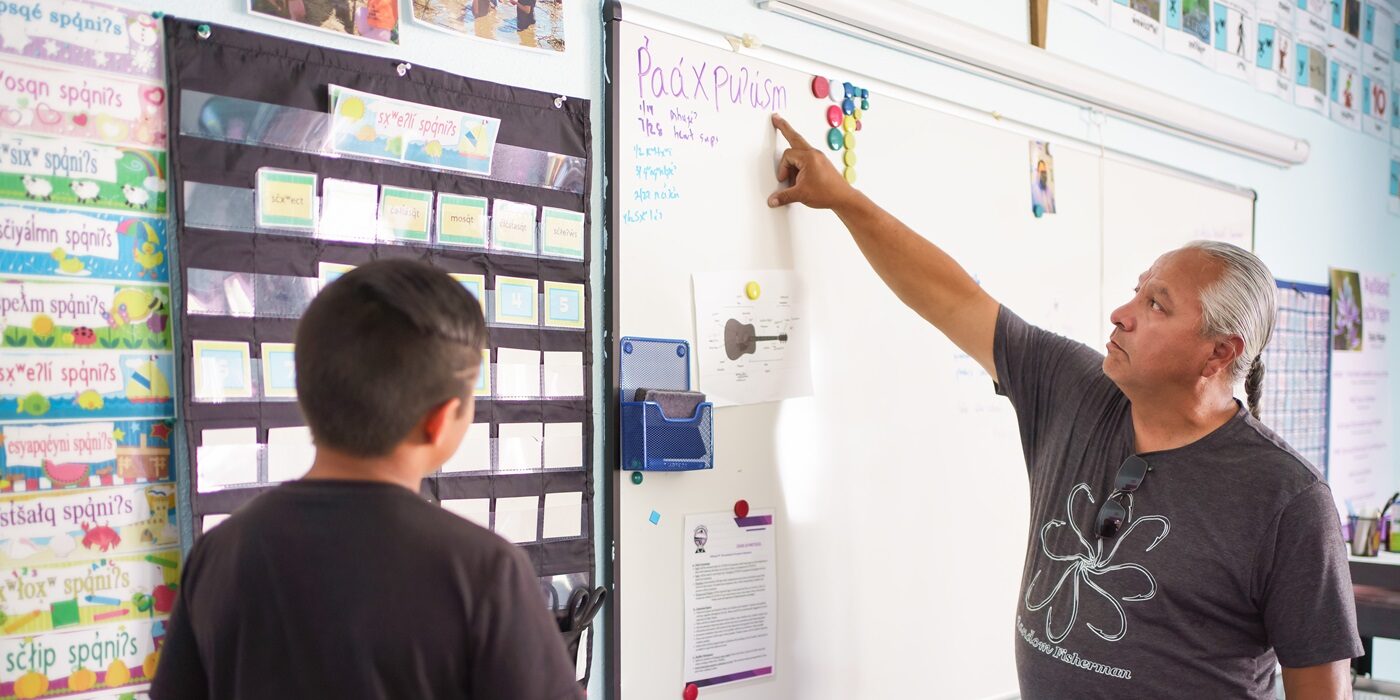
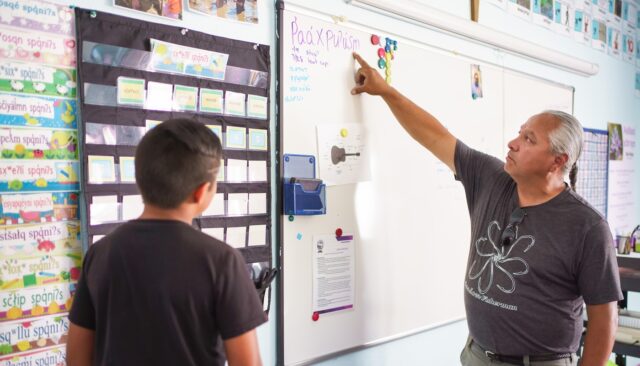

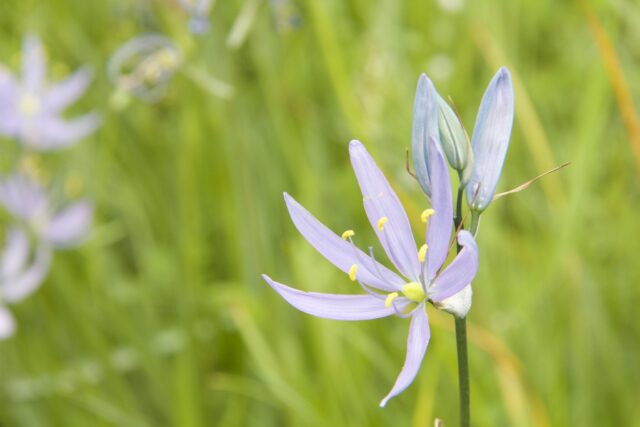 Q: What is camas?
Q: What is camas?